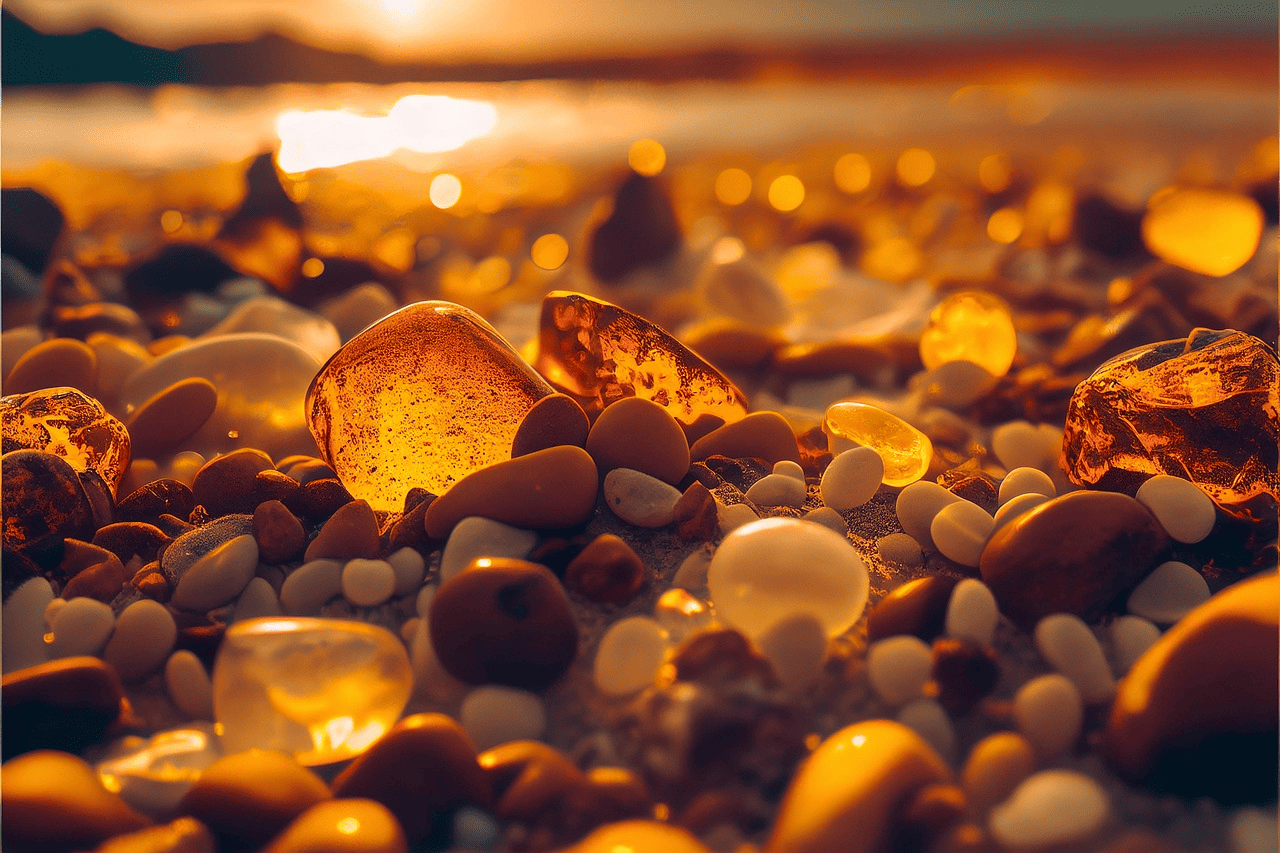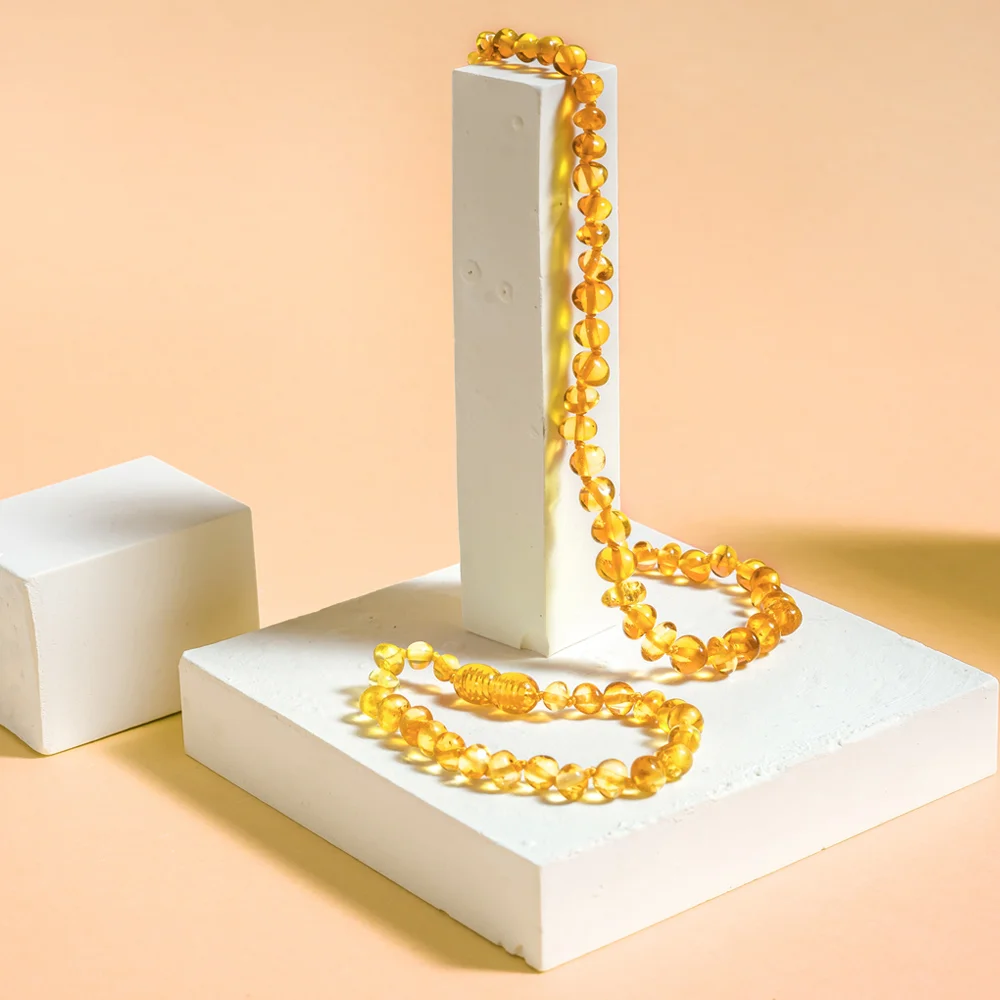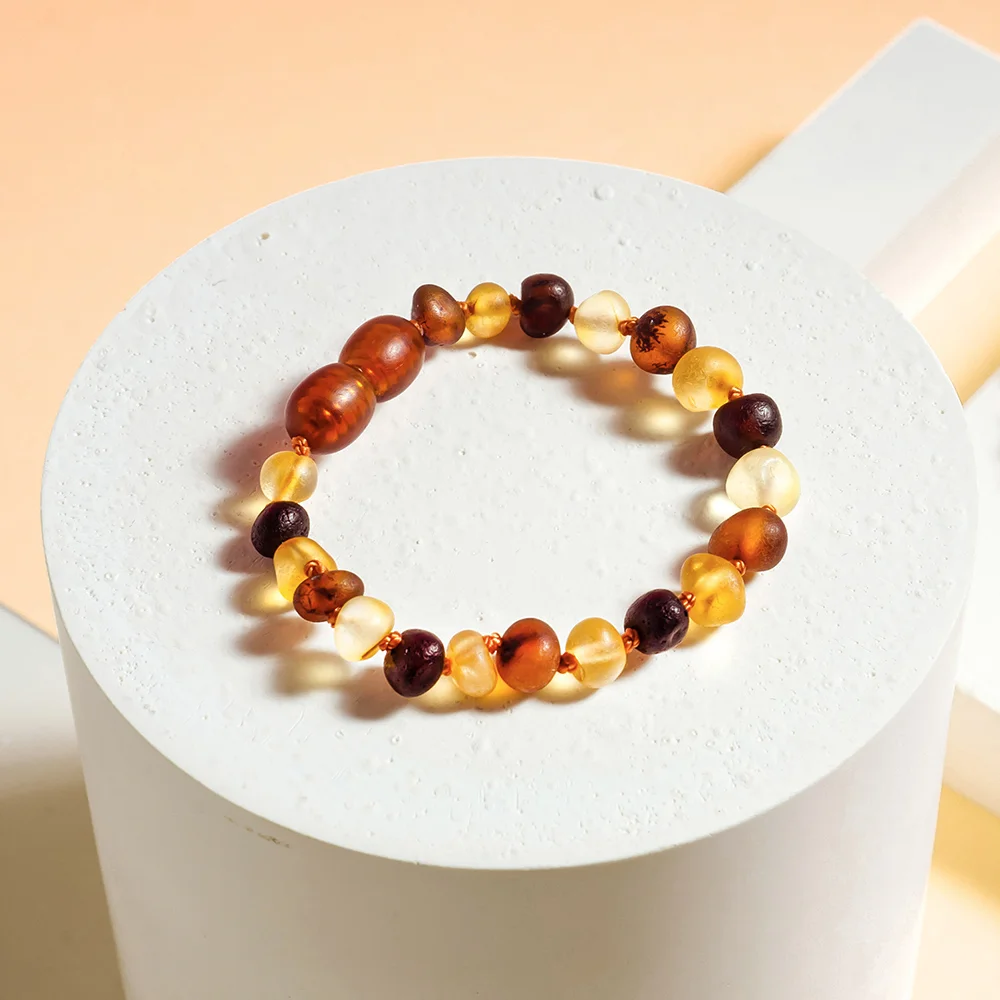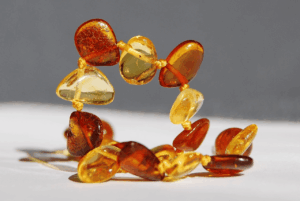Picture a time long before modern highways and shipping lanes — when small caravans of traders and hunters crossed thick northern forests and winding rivers, carrying with them warm, golden stones that seemed to glow like captured sunlight. This ancient highway was known as the Amber Road, a legendary trade route that connected the cold shores of the Baltic Sea to the bustling cities of the Roman Empire.
Today, when we wear Baltic amber, we rarely stop to wonder about the countless journeys those stones once made. Yet, for centuries, the Amber Road was one of Europe’s most vital connections between north and south, forest and empire, tribe and civilization. But what was traded on the Amber Road besides amber itself? And why did these glowing beads hold so much power in the ancient world?
In this blog post, we’ll uncover how this remarkable route shaped cultures, connected empires, and left traces still visible in museums, maps, and even modern amber jewelry.
What Was the Amber Road? Origins and Geography
So what exactly was the Amber Road? In its simplest terms, the Amber Road was an ancient trade route that linked the rich amber deposits of the Baltic coast — in present-day Lithuania, Latvia, Poland, and parts of Russia — with the faraway markets of Italy, Greece, and beyond. It wasn’t a single paved highway, but rather a network of paths, rivers, forest trails, and later Roman roads, all woven together by generations of traders.
Long before official borders, merchants and local tribes gathered raw amber along Baltic beaches and forest beds. From there, it was carried southward through what is now Poland, the Czech Republic, Austria, and Hungary, crossing the rugged Alps to reach the Adriatic coast and cities like Aquileia and Venice. From these ports, amber would find its way further into the heart of the Roman Empire, traded for silver, wine, spices, and exotic goods.
Archaeologists have found evidence of this ancient trade route dating back as far as the Bronze Age — over 3,000 years ago. By the time of the Roman Empire, the Amber Road had become so valuable that Roman soldiers were sometimes sent north to secure its flow, ensuring this prized fossilized resin reached the empire’s elite.
What Was Traded on the Amber Road?
Naturally, the star of this network was Baltic amber — sometimes called “the gold of the north.” But what was traded on the Amber Road didn’t stop there. While amber was the most famous export, the traders carried much more in their packs.
Northern tribes offered furs, beeswax, animal skins, and even slaves — all highly prized by Mediterranean buyers. In return, Roman merchants and craftsmen sent back fine pottery, metalwork, glass beads, coins, and luxury textiles. Along this trade route, local people often bartered goods at regional hubs and river crossings, creating small marketplaces that brought together Celts, Germans, Slavs, and Romans alike.
Amber itself was carved into beads, amulets, figurines, and ornaments. Roman ladies wore it in elaborate hairpins and necklaces, doctors ground it into powders believing it had healing powers, and wealthy families displayed amber objects as status symbols in their villas. For centuries, the simple act of carrying these warm golden stones connected distant cultures and built a bridge between forest tribes and ancient empires.
Mechanics of the Trade Route – How Goods Moved
Traveling along the Amber Road trade route was not for the faint of heart. The journey stretched over 2,000 kilometers, weaving through dense forests, across rivers, and over the Alps before reaching bustling Mediterranean ports. Traders traveled in small caravans, often on foot, with pack animals carrying sacks of raw amber and furs.
River systems like the Vistula and Dniester served as watery highways, making it easier to transport heavier goods before roads were developed. Later, the expansion of Roman roads made the amber trade faster and safer, though traders still faced bandits, tolls at border crossings, and harsh weather along the way.
Along this ancient trade route, local communities became essential stops where goods were bartered or sold before continuing southward. Some merchants specialized in carrying amber only a portion of the way, selling it to others who would then continue the journey toward Aquileia, Venice, or Rome. Each step in the chain added value, turning humble pieces of Baltic amber into prized objects of wealth and symbolism across Europe.
Legacy and Archaeological Discoveries
The amber trade route has left a deep imprint across Europe, not only in historical records but also beneath the ground. Archaeologists have discovered Baltic amber in Mycenaean tombs in Greece, in Etruscan graves in Italy, and even in the ruins of Roman cities, proving how far these golden stones traveled.
One of the most remarkable discoveries was the unearthing of a 3,000-year-old amber necklace in a British burial mound, showing that the reach of Baltic amber extended beyond the Mediterranean into Western Europe. The trade route was not merely about commerce; it was about cultural exchange. Through amber, stories, craftsmanship, and technologies traveled between northern tribes and the Roman world.
Today, visitors can explore remnants of the Amber Road, from museum collections in Gdańsk and Vienna to archaeological trails in Poland and Slovenia. The road’s history is also preserved in the folklore and traditions of the Baltic region, reminding us that amber was more than a product; it was a symbol of connection between distant lands.
Why the Amber Road Still Influences Us Today
While the Amber Road trade route no longer bustles with Roman merchants and forest traders, its legacy continues to shape how we understand trade, culture, and connection. Modern trade corridors and highways often follow ancient paths that began with the movement of amber, showing how geography and commerce remain closely linked through time.
Amber itself still captivates people worldwide, from jewelry collectors seeking Baltic amber beads to historians studying what was traded on the Amber Road to understand the roots of Europe’s economic systems. Wearing amber today connects us to a lineage stretching back thousands of years, to a time when merchants carried the warm glow of fossilized resin through dark forests to light the halls of empires.
At Baltic Proud, we honor this legacy by ethically sourcing and sharing Baltic amber, preserving the ancient spirit of trade while respecting the environment and traditions that gave amber its rich history.
A Journey Connecting Worlds
The story of the Amber Road trade route is more than a tale of commerce; it is a reflection of human curiosity and connection. From the windswept beaches of the Baltic Sea to the marble forums of Rome, amber became a symbol of beauty, healing, and prestige, crossing countless borders and generations.
By learning what was traded on the Amber Road, we understand how our ancestors built networks that carried not only goods but also knowledge and stories. Each polished bead of amber you see today carries within it a trace of this remarkable journey, whispering of rivers crossed, mountains traversed, and bustling marketplaces where cultures met.
When you choose Baltic amber, you are not just selecting a beautiful piece of jewelry; you are wearing a fragment of history that has connected people for over 5,000 years. At Baltic Proud, we are honored to continue this tradition with ethically sourced, genuine Baltic amber, crafted for those who appreciate beauty that is timeless and rooted in the earth’s rich past.








